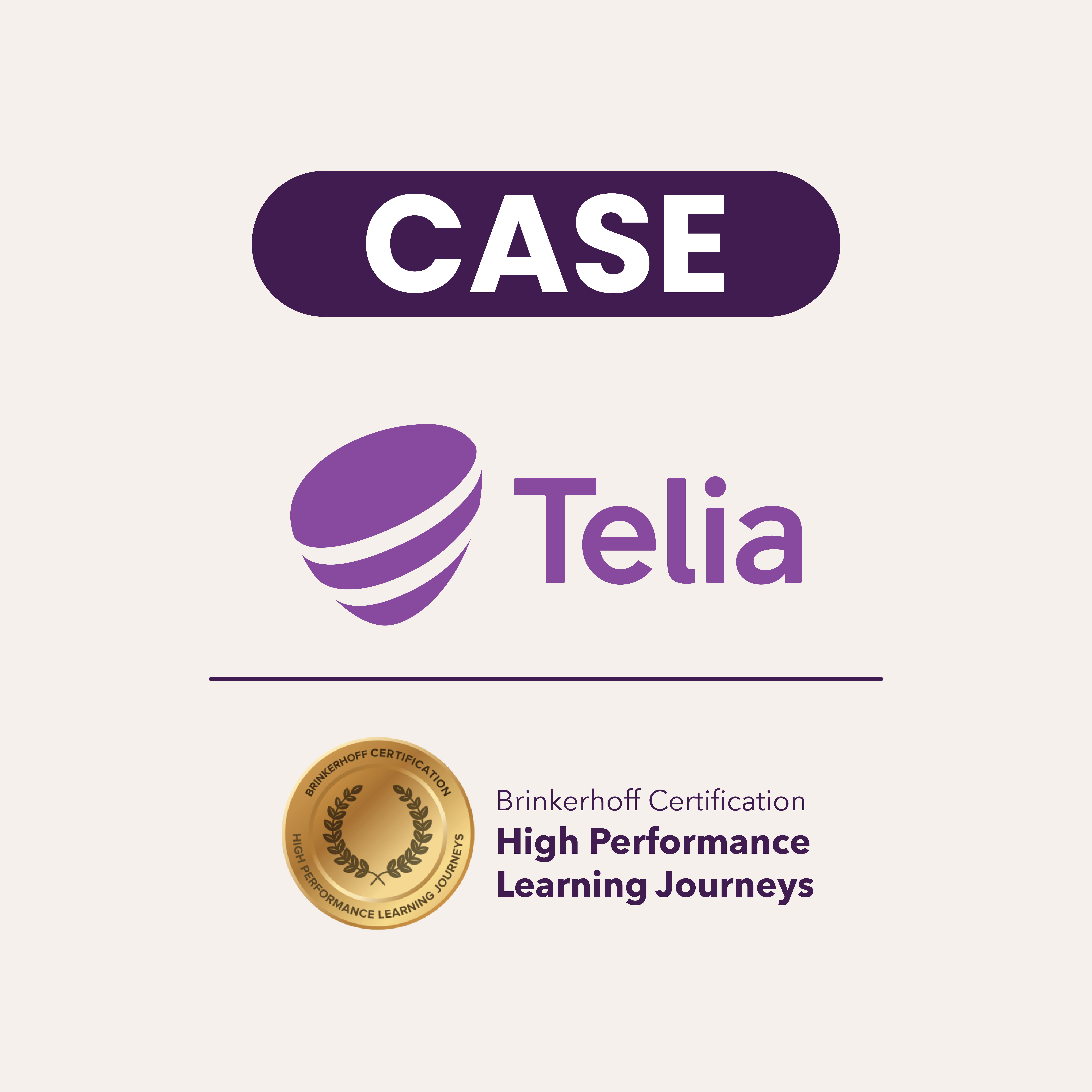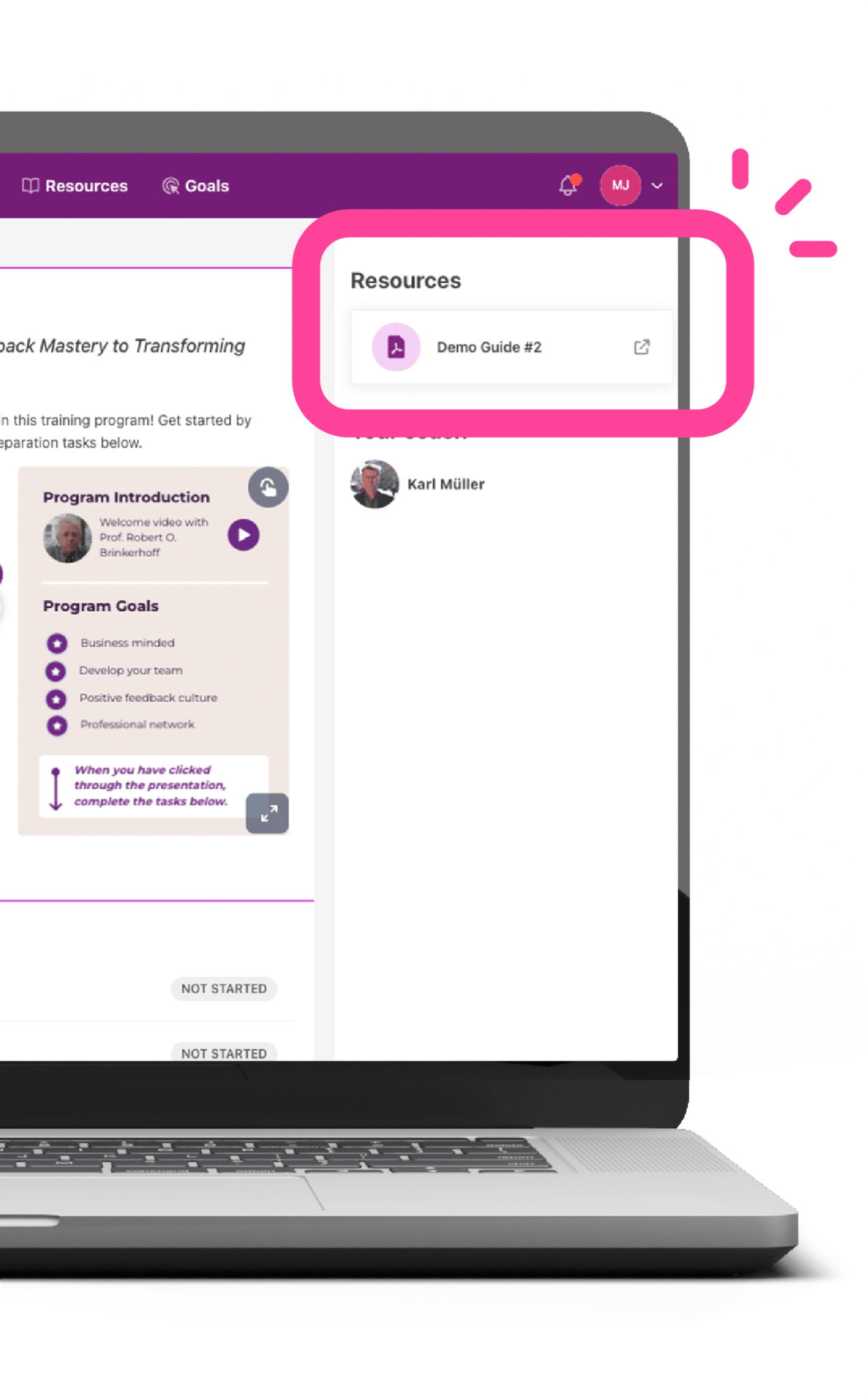We recently conducted a survey that was sent out to our certified High Performance Learning Journey community to find out more about the use, design and implementation of High performance learning journeys after completing the Champion certificate level. 19% of the community answered our survey and we’ve now summarized our conclusion and observations.
The survey results confirmed a number of our beliefs when it comes to the implementation of High-Performance Learning Journeys, the trends in the market, and where challenges lie when implementing such approaches.
Following the HPLJ certification, the great majority (91.5%) have applied their learning when designing and implementing their L&D initiatives. This supports the utility of this approach in the contemporary L&D environment. We have also found that over half (53%) of respondents have used the HPLJ approach on several occasions.
A relevant and applicable methodology
There has been a wide application of the approach when it comes to the types of programs designed by the respondents. The majority of the programs related to the area of leadership, but the HPLJ methodology was also adopted in programs that address: Executive Development, Management and Supervisory Skills, Sales, Project Management, Technical Training, and On-boarding. This supports HPLJ’s relevance for a wide range of L&D initiatives, rather than being useful for just a single type of training. Furthermore, the survey responses showed that there is a limited need for compromise when it comes to the implementation of the HPLJ approach, and, as such, that the methodology is relevant and applicable in its entirety.
Trends of more virtual sessions
Two of the trends that we have noticed—a decrease in face-to-face training requests and an increase in the number of virtual instructor-led sessions—were supported in this survey. Both internal L&D and external providers noted the decrease in the number of face-to-face sessions (internal L&D 87% & external 74%) and the increase of virtual sessions (internal L&D 89% & external 84%). This points to these trends continuing beyond the recent Pandemic, and as more of an ongoing future trend.
Barriers and obstacles to overcome when implementing the HPLJ methodology
The HPLJ certification addresses a number of the barriers experienced in the course of implementing a Learning Journey and respondents were ask to share their own experiences having carried out their own journeys. On a positive note, social learning and completion rates were not seen as much of a barrier as might have been expected. However, the survey results also supported the long-held view that proactive action needs to be taken in order to address other expected barriers. Manager engagement is still regarded as one of the greatest hurdles to successfully implementing such journeys. Secondary to this was the challenge of being able to stretch the learning journeys as far as would have been liked. Manager engagement is key because the manager plays a central role in supporting on-the-job application of learning in the workplace, as well as enabling the learner to spend sufficient time on—and demonstrate the positive impact of—what has been learned. Being able to stretch learning journeys over time becomes a challenge due to a lack of understanding by managers and other key stakeholders. Instead of longer journeys, in which skills and approaches are really trained and supported, managers and key stakeholders prefer short, hard-hitting initiatives. Many respondents commented that this is more of a hoped for, rather than a guided application model, which rarely delivers the required outcomes.
There still does not seem to be a greater awareness of Learning Journeys outside of the L&D community, meaning that key stakeholders more often ask for what they know: events. This means that the ability to sell and educate key stakeholders as to the value of such an approach is still required. Part of the challenge here is that L&D is not particularly seen as a decisive factor when it comes to bringing about business results. There is still a view, or hope, that change can be brought about simply and cheaply with fast training initiatives. This was further supported by the view that creating Learning Journey resources was seen by the business as being too extensive, and that the required results takes too long.
In conclusion, the results of this survey point to the HPLJ methodology as being a widely applicable approach with a growing base of practitioners. Furthermore, the trends in the market support the increased relevance of this approach as we move beyond the current pandemic. More work is still required in convincing organizations of the relevance of the HPLJ approach and the value that it can provide.




